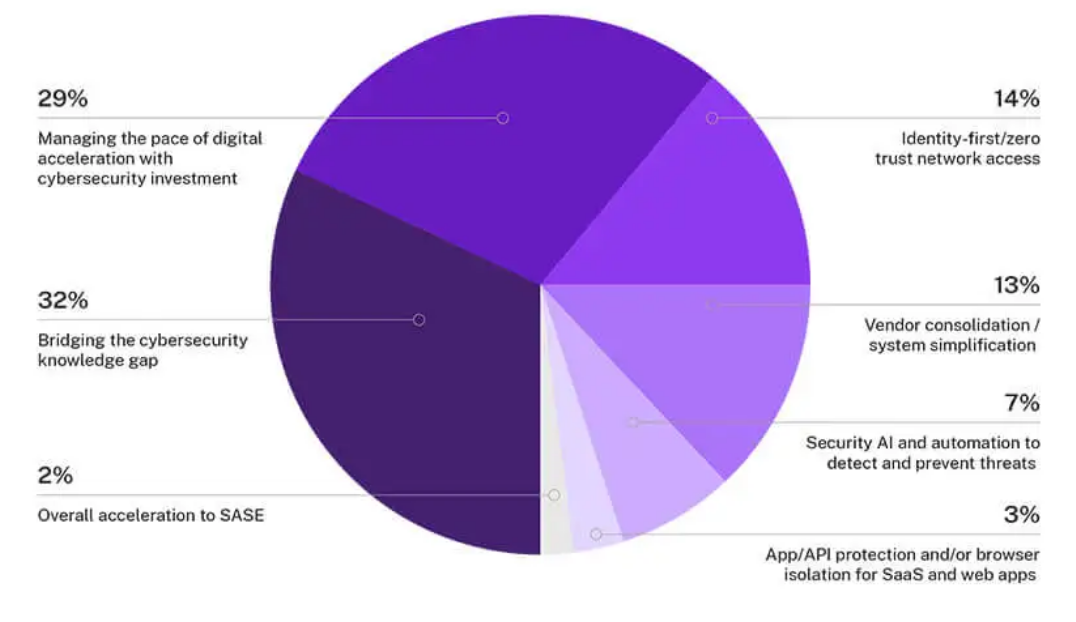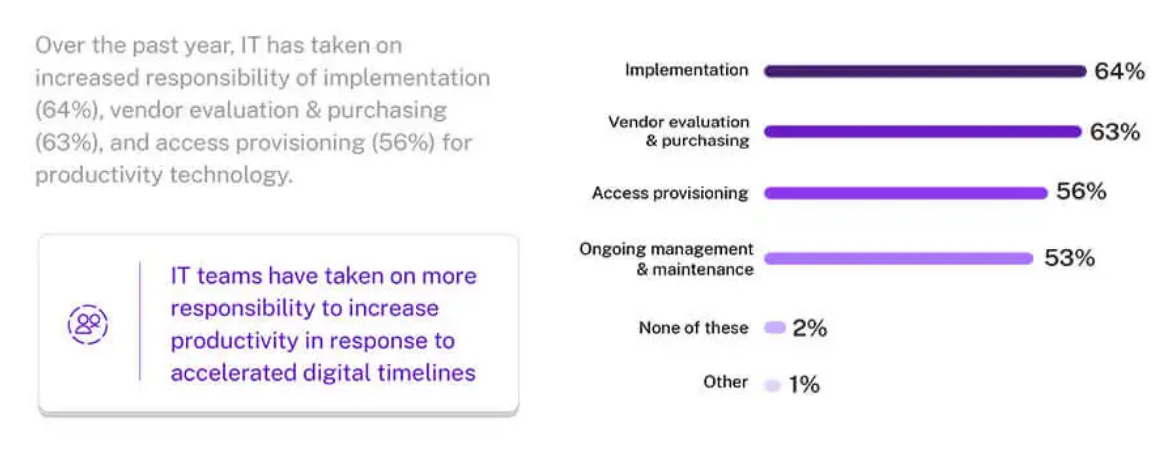04.26.2024
Your Complete Guide To Scaled Agile Framework Certification

Posted by Marbenz Antonio on October 4, 2022

Are you thinking about shifting some of your on-site workloads to the cloud? Hybrid cloud environments are becoming more popular among businesses. They may take advantage of the cloud’s benefits while still making use of their current data center expenditures thanks to this. The reasons why businesses choose to function in hybrid cloud settings are listed below, along with the actions you need to follow to develop a hybrid cloud strategy and ensure a successful hybrid cloud migration.
The norm is shifting toward hybrid work. IT teams have not been able to keep up while the majority of businesses have adjusted operational processes to prosper in this new work environment. According to a study by Citrix, managing the speed of digital acceleration while investing in cybersecurity is a key priority for 29% of IT workers. For businesses that want to maintain security while enjoying the advantages of maintaining a hybrid work environment, this management is becoming more and more important. Organizations aiming to expedite their digital transformation while remaining secure have been forced to adopt a hybrid cloud strategy to deliver virtual apps and desktops to users wherever. Here are four advantages that businesses can take advantage of if their hybrid cloud migration is successful.

Technology develops quite fast. This means that procedures and systems that are seen as efficient right now might not be in a few years. Decision-makers and IT teams can host infrastructure wherever they choose, adapt rapidly, and easily move processes to more affordable, quicker, and more efficient clouds should the opportunity or need to arise.
Hybrid cloud architectures are extremely scalable and flexible to each business’s requirements and particular business operations. While some applications may have unpredictable workloads and demands, others may have specialized requirements that may only be met by a certain cloud model. A hybrid cloud architecture enables businesses to scale operations with the right cloud structure and create models that are customized to the requirements of each application while keeping costs to a manageable level.
Hybrid cloud models are widely regarded as the most secure cloud solution accessible by industry professionals. Less sensitive operational data can be retained in highly effective public cloud settings, whereas organizations that must follow strict compliance rules when collecting customer data can store such information on-premises or within highly secure and carefully managed cloud environments.
Every application used by a company is optimized for a particular cloud environment. As a result, businesses that use a lot of programs are occasionally forced to accept lesser performance gains in exchange for application interoperability. Companies can get around this problem by using a hybrid cloud infrastructure that enables applications to function in the environments that they desire while maintaining interoperability through specialized integration layers.
Industry leaders are aware of the advantages of hybrid cloud, but it’s equally important for smaller businesses to know when to start a hybrid cloud migration. Here are a few typical use cases where a hybrid cloud would be useful.
Workloads and operational procedures are typically very dynamic in quickly expanding organizations. Access to a public cloud enables businesses to maintain their flexibility and scalability while sensitive operations are safely carried out in a controlled private cloud setting. Companies can adapt to changing workloads thanks to a hybrid cloud architecture, which also provides the security needed to keep sensitive customer and operational data secure in a protected environment.
Big data operations and analytics are frequently used by businesses to enhance operations, customer service, marketing, and more. These analyses usually call for the integration of data from different sources. An anyone cloud environment is not suitable for use due to the volume of information and the need for security. These ostensibly incompatible requirements can be satisfied in a hybrid cloud setting. Hybrid cloud resources can assist business leaders in maintaining security and scalability to fit their specific demands, while integrations can give them a complete picture of business information.
Businesses usually have to change needs that need to be periodically assessed. It is important that IT teams have the flexibility to modify cloud structures if business teams require it as they assume increased responsibility for deployment, vendor evaluation, and purchasing. A hybrid cloud environment enables businesses to regularly assess whether the cloud services they have chosen can satisfy their demands and, if necessary, change their selected configuration.

Resources in the public cloud are readily available and suitable for many corporate applications. The highly regulated private cloud environments are an option for companies that deal with sensitive customer or operational information. For these reasons, it’s important that these firms work in a hybrid cloud environment.
Benefits for users of public and private clouds are very distinct and very specialized. Business requirements, however, are constantly changing. Businesses have the flexibility to use hybrid clouds to reap those advantages as needed. Utilizing a hybrid approach enables businesses to pick and select the components from each cloud environment that best suit specific applications inside their business.
There is a need to take into account the policies and conditions of an infrastructure offered by the cloud vendor that you cannot control when a business decides to develop a hybrid cloud strategy and migrate to a hybrid cloud environment. The hybrid cloud is effective, but you must get ready to go. The following six measures can aid in a seamless transition.
A successful cloud migration starts with figuring out how each team will accomplish its objectives. Depending on how well each program can serve the needs of the organization, it may be rehosted, modified, or completely rebuilt. Cost and efficiency are just a couple of the various considerations. Each migration strategy can have significantly different resource requirements, so each organization must choose the one that works best for them.
Different programs are used by organizations daily. Before being migrated to the cloud, each application has a distinct amount of complexity and will affect different integrations. Teams must plan the extent to which each application is prepared for migration and determine how many components of each application are ready to be transferred to the cloud.
Applications and procedures are made to enable team members to work to their full potential. To benefit from the flexibility, some teams, like marketing or development, may be prepared for their workloads to go to the cloud. To reduce interruption, it’s also a good idea to shift to the cloud first some applications that are important to everyday operations and whose team members work remotely. This might also signal the start of a gradual, staged move to the cloud.
Different datasets from each company must be treated differently. While some information needs more security, others must be prepared for ongoing analysis. Business teams must choose which data will be stored locally and which data is ready to be transferred to the cloud in both scenarios.
Any kind of cloud environment depends on a regular and dependable network connection to give important stakeholders access to information. Business owners must ensure that employees have access to a consistent and dependable network connection so that they may benefit from a cloud environment with the least amount of disturbance and downtime.
Because hybrid clouds are flexible, corporate teams can change course and their approach if their goals are not being achieved. Because of this, it’s important for companies to systematically and commonly assess important KPIs when deciding which cloud configuration to use.
Companies undertaking digital transformation may pick, implement, and start a successful hybrid cloud migration using Citrix DaaS with ease. Businesses must adjust to the operational and security problems brought on by the growing number of remote workers. Citrix, a pioneer in the field, has over 30 years of virtual desktop and application experience. This experience has led to the development of well-optimized, highly adaptable DaaS and VDI solutions that are designed with the requirements of contemporary workplaces in mind.
Here at CourseMonster, we know how hard it may be to find the right time and funds for training. We provide effective training programs that enable you to select the training option that best meets the demands of your company.
For more information, please get in touch with one of our course advisers today or contact us at training@coursemonster.com
